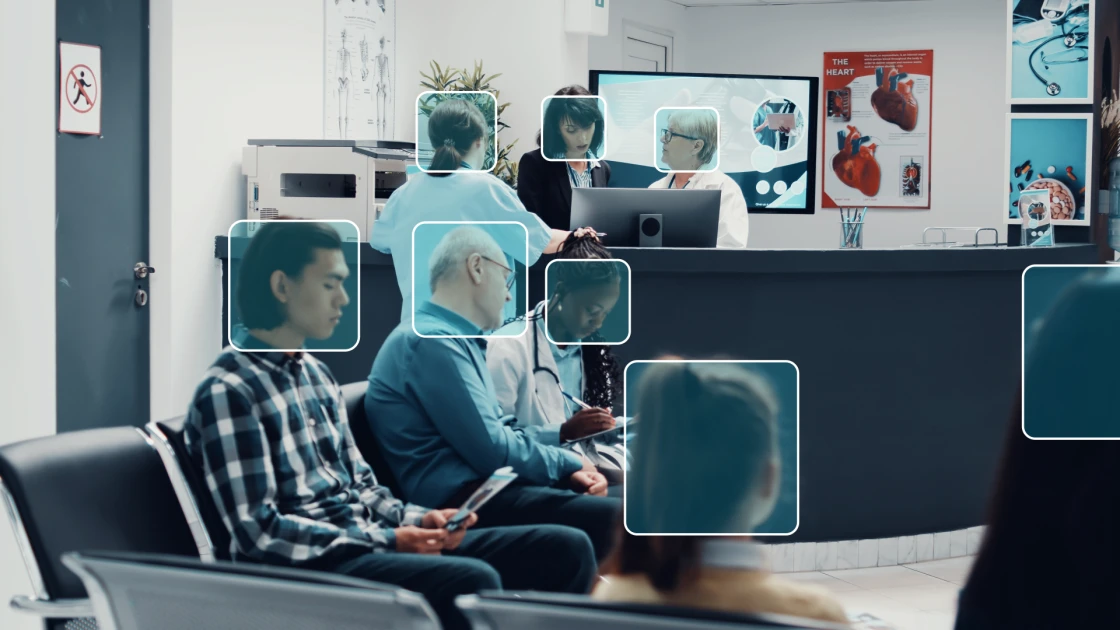Healthcare facilities worldwide are grappling with the challenges posed by an ever-increasing population. A key concern is the efficient management of space and resources to ensure optimal patient care. To this end, artificial intelligence (AI) has emerged as a game-changer, revolutionizing traditional methods of occupancy detection and capacity management.
The challenges healthcare facilities face include overcrowded emergency units, under-utilized operating rooms, and vacant patient rooms highlight the need for smarter, more efficient systems. Real-time monitoring and management of occupancy can streamline operations, reducing wait times and enhancing patient satisfaction.
"The key to effective healthcare facility management lies in striking a balance between overcrowded and under-utilized spaces."
AI camera sensing employed for occupancy detection provides a cost-effective, highly scalable solution. It aids in managing the number of people within the premises, crucial for preventing overcrowding, particularly during emergencies. Artificial Intelligence not only ensures a more organized environment but also enhances the overall patient experience. By reducing wait times and directing visitors to the right areas, VAIsense can help foster a sense of comfort and ease, essential in a healthcare setting.
Understanding crowd patterns can considerably improve resource allocation. With the insights gained from VAISense’s AI, hospitals can distribute resources such as staff, medical supplies, and equipment more effectively, ensuring that high-traffic areas are well-supported. VAISense offers valuable data on traffic patterns, enabling hospitals to make informed decisions about facility layout, staffing, and resource allocation. These insights lead to more efficient operations, improved patient care, and ultimately, better health outcomes.
As we move into an era of rapidly advancing technology, leveraging AI for occupancy detection in healthcare facilities is no longer a luxury but a necessity. It is a powerful tool that can transform the way we manage and operate healthcare facilities, resulting in improved patient experiences and more efficient use of resources.

Get Started with Edge AI Today
Our experts are ready to help you get started with an edge AI solution that best fits your needs and will help you leap ahead of your competition. Let's talk!
